QuestionI have a 36 gallon fresh water tank. There are live plants and driftwood in it. The plants and wood have a black fuzz growing on them and has pretty much taken over all of the plants. Do you know what this is and how to treat it.
AnswerGood evening Ryan, thank you for your question.
It sounds like you are plagued by brush algae, but without a picture it is difficult to ID. Algae comes in many forms, but black or dark green is often bristly, a kind of brush or beard algae. I am hoping you do not have an outbreak of cyanobacteria which is not algae at all, and will not be consumed by algae eaters, as it is toxic. I doubt this is your case, but here is a website with a picture for you:
http://www.tinkerfish.com/aquarium/2005/10/blue_algae_cyan.html
Let's assume you have a garden variety algae outbreak. The first thing to examine would be your plants. Is your tank heavily or lightly planted? A heavily planted tank outcompetes the algae for nutrients, a lightly planted tank may cause some problems because any fertilization or nutrient rich substrate is going to feed the algae, which is outnumbering the plants at this point. So, one solution is to add more plants if your tank is lightly planted.
Also, examine your driftwood. Is this "new" driftwood? The driftwood at the local fish store is usually either a sinking kind (actually made of roots) or fastened with a slate bottom. Driftwood that you gather yourself is fine for a while, but usually has soft spots that rot and form a fuzz. Usually the fuzz is white, but nevertheless - evaluate your driftwood and see if it is rotting, as this could be a potential problem. The soft places can be sanded off if so.
Next, think about your feeding schedule and any nutrient supplementation you are giving to the plants. Liquid fertilizers must be dosed carefully, and they will build-up quickly without water changes. Water changes are often a smaller percentage in a planted versus non-planted tank, since the nitrates are kept naturally in check by the plants, which use the nitrates as nutrients. Even so, perform a water change of 20% and see if that clears up the algae, if even temporarily...
If so, then you likely have excess nutrients in your water. Cut back on feeding a bit (one light feeeding a day suffices in a heavily planted tank, even every other day is fine) and monitor the results. Does feeding less produce less algae? Curbing excess nutrient levels is often one half of the equation when it comes to algae control in an aquarium.
Now, take a look at your lighting. A planted tank can have as many as 5 watts per gallon of lighting, and this is fine - if you have enough plants to make use of this much lighting. Again, consider adding more plants if you have lots of lighting installed. Conversely, if you have too little light or your bulbs are old (or both) consider replacing the buls for newer, brighter ones. I am particularly fond of Zoo Med's Flora Sun 5000k for standard fluorescents - I still have not experimented with T5s, I am sorry to say, so I cannot give you a personal opinion. Also keep in mind that your plants only need 12 hours of lighting at most, and 10 hours is sufficient for most planted tanks.
So, in a nutshell, examine these points:
1. Nutrients. How much are you feeding your fish? Are they consuming all of their food within a minute? Is the food high in protein - over 50%? High protein foods (for example, Cyclop-eeze) foul the water quickly and are best fed sparingly. Any frozen foods should be defrosted and drained of their "juices" which are also high in organic content. Cut back on liquid fertilizers and supplements for now.
2. Lighting. Do you have more lighting than you need for the amount of plants you have? If so, add more plants. Is your lighting inadequate - old, dim, not suitable or intended for plant growth? Bulbs that are not specifically designed for plant growth are inadequate for all but low-light planted tanks. If your bulbs are newish and you prefer not to switch them just because they are not intense enough, acquire more low light plants such as java ferns, anubias and crypts.
3. Is there anything decomposing in your tank? The gravel or driftwood, may all need a cleaning with a gravel vacuum or brush. These actions may not entirely eliminate the problem, but they should still encompass routine maintenance. Vacuuming half the gravel alternately each week will help cut down on organics in your system during this time.
If after reading this, you have a effected water change, a gravel vacuum, a brushing of your ornaments, an evaluation of your light bulbs and feeding regimen, and everything is up to snuff, then you may want to resort to a chemical fix.
Try a product called Chemi-Pure and/or Algone. Normally I do not recommend the use of chemicals to fix a problem in your tank, but Algone is a safe, natural nutrient absorber and Chemi-Pure is a carbon based chemical absorbtion filter, used by many Discus and Reef aquarists with success.
I recommend Chemi-Pure over the Algone, simply because it lasts longer (one 10 oz bag lasts me 3 months easily) and can be purchased anywhere. Algone apparently can only be purchased online at their website (www.algone.com) and is exhausted rapidly - one week and the stuff smells to high heaven. The smell reminds me of a dead snail, actually - if you have ever turned over the shell of your beloved pet apple snail only to find out that it has expired, then you will know exactly the smell that I mean! Anyhow, the Algone product works within 24 hours, but one envelope will only last you a week or two at the most, unfortunately.
I hope that helped, Ryan! Let me know if there's anything else I can help you with. There is much written on the subject of algae control, but you can start here:
http://www.wetwebmedia.com/PlantedTksSubWebIndex/algcontags.htm
http://www.aquariumpros.com/faqpro/algae_1.shtml
http://www.thetropicaltank.co.uk/algae.htm
If you don't have an algae eating specimen in your tank already, consider getting a dwarf pleco or a Siamese algae eater (stay away from Chinese algae eaters at all costs!) - a few otoclinus would also do nicely in your tank, perhaps 4 or 5 in your sized system. Only the SAE will eat beard algae, but the rest will still help with the other algae that is invariably present in your system as well.
Good luck,
Nicole

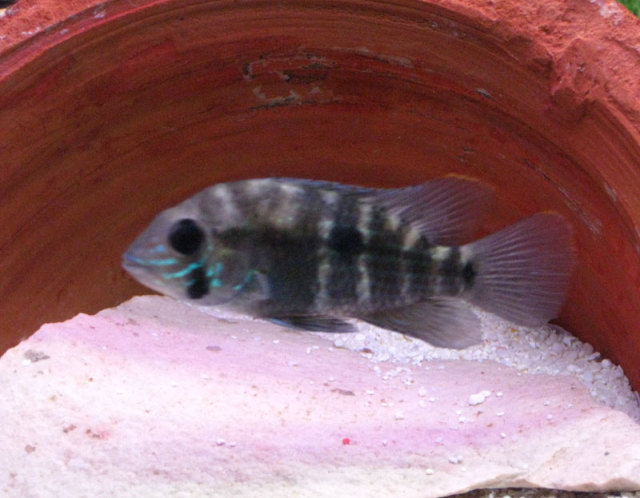 identifying my fish
Question
1
Hello, I would like to know if this fish is
identifying my fish
Question
1
Hello, I would like to know if this fish is
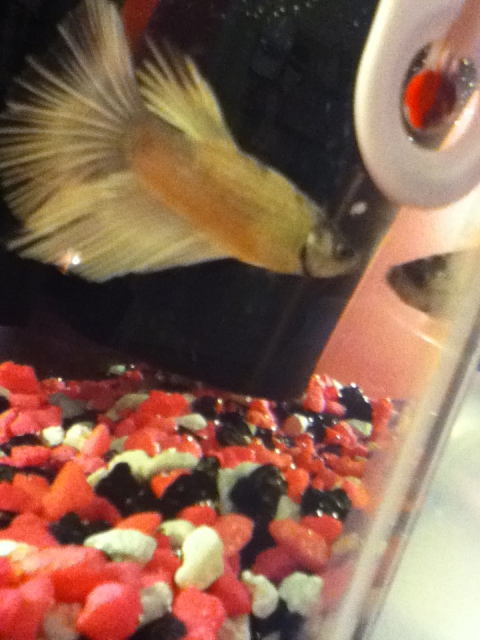 Beta Friends?
Question
This is Gunther
Hi there,
Just a quick
Beta Friends?
Question
This is Gunther
Hi there,
Just a quick
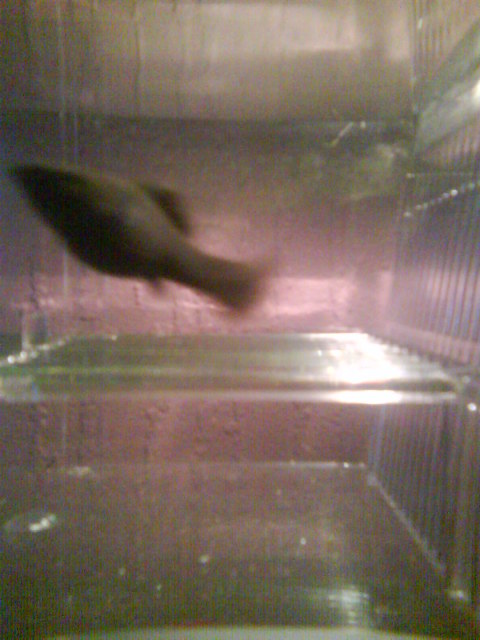 Baby Mollies
QuestionFemale Mollie
QUESTION: Hello Ron
i bou
Baby Mollies
QuestionFemale Mollie
QUESTION: Hello Ron
i bou
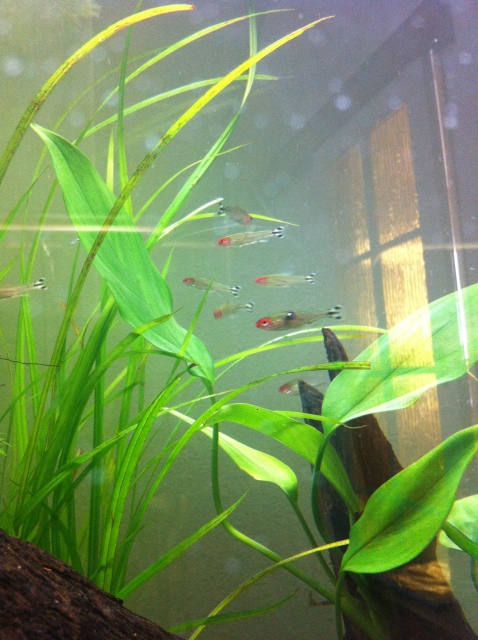 black mark on a rummy nose tetra
Questionsick rummynose
QUESTION: Hi there,
I ho
black mark on a rummy nose tetra
Questionsick rummynose
QUESTION: Hi there,
I ho
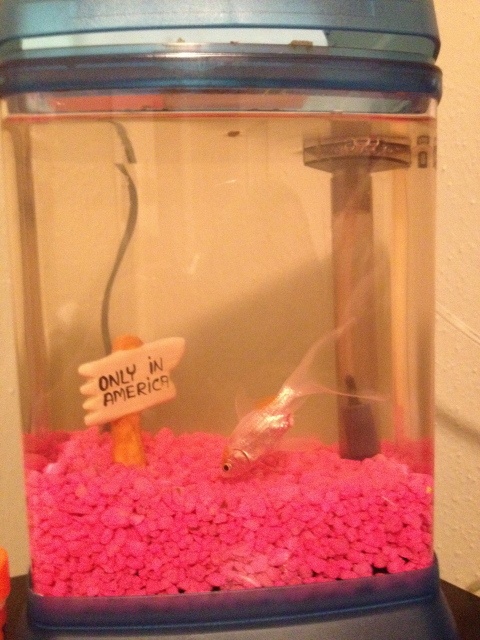 External wound on anus
Question
I have a wonderful fish that I bought
External wound on anus
Question
I have a wonderful fish that I bought